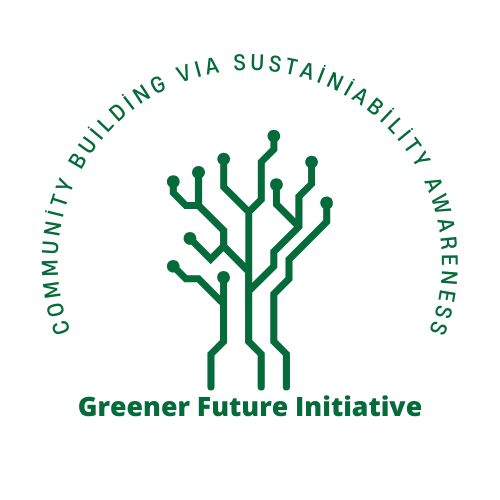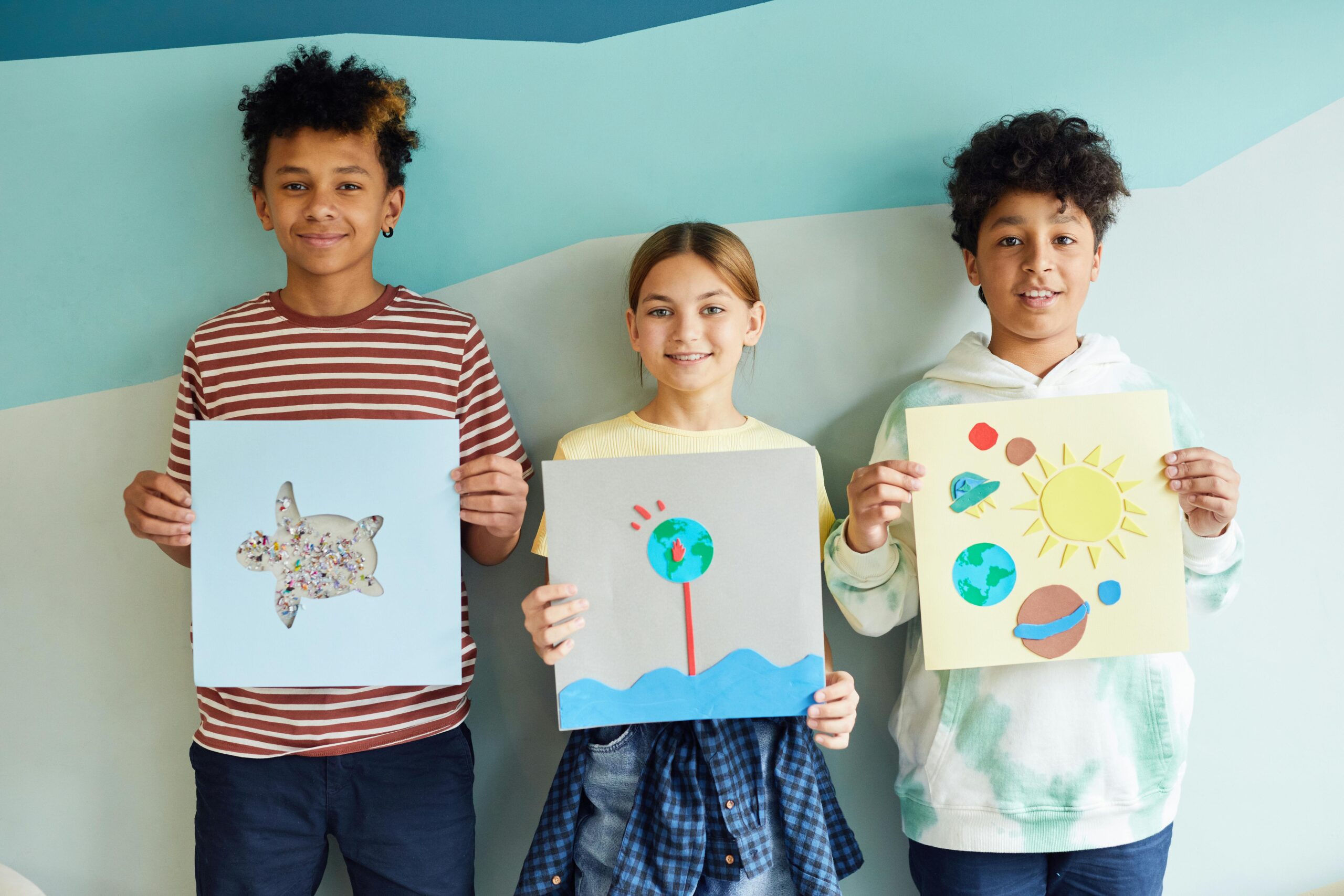Fostering sustainable habits from a young age is one of the most impactful ways to shape a greener future. Kids and teens can engage with sustainability through creative sustainability projects and hands-on activities that make learning about the environment fun and meaningful.
This article explores exciting DIY projects and activities that encourage young people to reduce waste, reuse materials, and explore eco-friendly practices while unleashing their creativity.
Why Sustainability Activities Matter for Young People
Children and teenagers are the leaders of tomorrow. Hence, they need to be empowered with sustainable habits to help them build a foundation for a better planet.
Activities centered on sustainability:
- Foster environmental awareness.
- Encourage critical thinking and problem-solving skills.
- Promote teamwork and community involvement.
- Provide a sense of accomplishment and responsibility for the environment.
DIY Projects for Sustainability Enthusiasts
Here are some fun, eco-friendly projects that kids and teens can try:
1. T-Shirt Tote Bags
What You Need:
- Old T-shirts
- Scissors
- Needle and thread (optional)
Steps:
- Cut off the sleeves and neckline of an old T-shirt to create handles.
- Turn the shirt inside out and sew or tie the bottom closed.
- Flip it back, and you have a reusable tote bag!
This project reduces textile waste while providing a stylish, sustainable alternative to plastic bags.
2. Jar Lanterns
What You Need:
- Glass jars
- Paint, glue, or tissue paper
- LED tealight candles
Steps:
- Decorate the jar with paint or glue on tissue paper for a stained-glass effect.
- Let it dry, then place an LED tealight inside.
These lanterns make for beautiful, upcycled decorations while teaching kids the value of reusing materials.
3. Upcycled Bird Feeders
What You Need:
- Empty plastic bottles, milk cartons, or tin cans
- String
- Birdseed
Steps:
- Cut an opening for birds to access the seed.
- Decorate the feeder with non-toxic paint or markers.
- Attach a string and hang it in the garden.
This project helps young people connect with nature and support local wildlife.
4. Seed Bombs
What You Need:
- Wildflower seeds
- Compost
- Clay or soil
Steps:
- Mix seeds, compost, and clay into small balls.
- Let them dry for a day.
- Toss the seed bombs in outdoor spaces to encourage plant growth.
Seed bombs are an exciting way to learn about biodiversity and help green urban spaces.
5. DIY Compost Bin
What You Need:
- Plastic bin with a lid
- Drill (for ventilation holes)
- Food scraps and yard waste
Steps:
- Drill holes in the bin for airflow.
- Add layers of organic waste and yard clippings.
- Turn the contents regularly to create nutrient-rich compost.
Kids and teens can learn about decomposition and soil health while reducing kitchen waste.
Fun Sustainability Activities for Groups
Beyond DIY projects, some sustainability activities can be performed by a group.
Here are some group activities to encourage teamwork and sustainability awareness:
1. Zero-Waste Scavenger Hunt
Create a list of zero-waste swaps (e.g., metal straws, reusable water bottles, bamboo toothbrushes) and organize a scavenger hunt at home or in a store. This activity introduces practical sustainable alternatives.
2. Community Clean-Up Day
Plan a day to clean up a local park, beach, or schoolyard. Equip participants with gloves, bags, and sorting bins for recyclables. It’s a simple but impactful way to show the importance of keeping our surroundings clean.
3. Eco-Challenge Week
Challenge participants to adopt sustainable habits for a week. Ideas include:
- Using reusable containers.
- Taking shorter showers.
- Walking or biking instead of driving.
Share progress and tips during the week to encourage accountability and camaraderie.
4. DIY Herb Garden Workshop
Host a workshop where kids and teens plant herbs in upcycled containers like cans or jars. They’ll learn about gardening and get a fresh supply of herbs for cooking.
Benefits of Creative Sustainability Activities
Engaging in sustainable projects offers numerous benefits for young people. Some of the benefits to be derived include:
- Hands-On Learning: Kids and teens retain information better through interactive, experiential activities.
- Encouragement of Responsibility: Managing their projects instils a sense of ownership and accountability.
- Community Building: Group activities create connections and shared goals for environmental stewardship.
- Skill Development: Projects like sewing, gardening, and crafting teach practical skills with lasting value.
Tips for Getting Started
So, how do you get started?
We outline some of the ways to get started with sustainability projects. They are as follows:
- Use What You Have: Encourage the use of existing materials at home instead of buying new supplies. Don’t go out of your limits or boundaries.
- Keep It Fun: Focus on activities that match the interests and abilities of the participants.
- Educate Along the Way: Discuss the environmental impact of each project to deepen understanding.
- Involve the Family: Get parents and siblings involved to create a shared experience.
- Celebrate Success: Share completed projects on social media or display them at home to boost pride and encourage others.
Final Thoughts
Sustainability doesn’t have to be complicated or boring. Kids can actually enjoy creative DIY projects that are fun and inspiring. This will usher in a new generation of eco-conscious individuals.
With these projects, kids will learn the importance of reducing waste, preserving resources, and protecting the planet. The good part is, they do these while having a good time.
No need to waste time. Let’s grab some materials and gather the young ones around. It’s time to start crafting a greener future.

